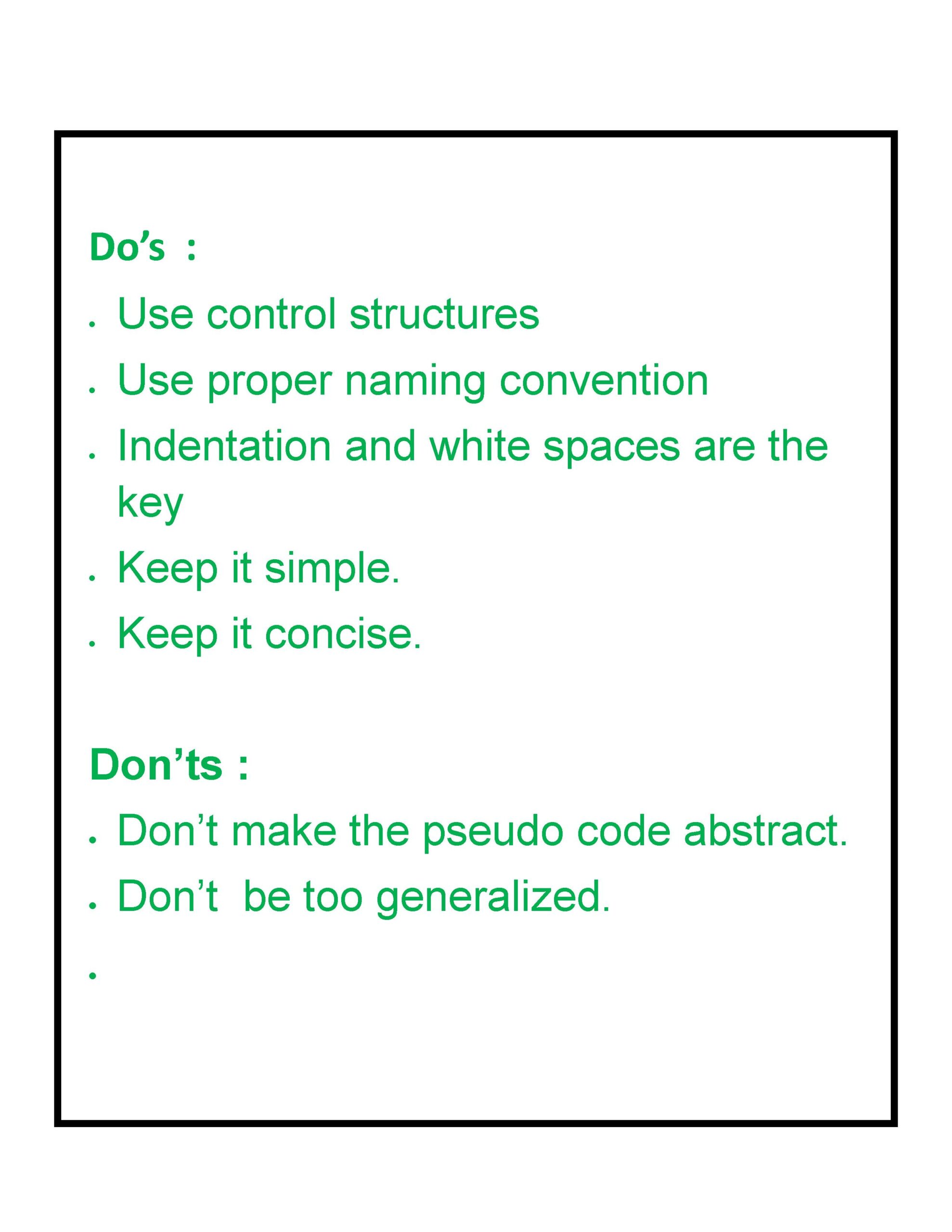Pseudocode is a language used to express algorithms in a form that is more human-readable than most programming languages. It is not an actual programming language; instead, it is an informal visual representation of an algorithm to help a programmer understand the logic behind it. It is convenient but non-standard and is not intended for execution.
Pseudocode is often used in design and analysis documents for computer programming so that programmers can think about algorithms without getting bogged down in specific codes and syntax. It is also useful for people who are new to programming as a way to understand algorithms and logic. It combines English words and phrases with mathematical symbols in order to create a representation of a procedural definition that is easier to understand than a standard programming language.
Pseudocode relies on indentation and clear formatting to separate lines and blocks of instructions. It commonly uses capital letters for keywords, making them easier to spot, and mathematical symbols to represent programming operations. For example, “IF…THEN…ELSE” is used to represent a conditional statement, and “WHILE…DO” is used to represent a loop.
Pseudocode is powerful yet flexible. It can also be used to create detailed analyses of a problem in order to determine the best approach. As pseudocode has no standard syntax, its use can vary widely between authors or projects.
Pseudocode is an invaluable tool for computer programmers, especially those who are learning the basics. Its flexibility and simplicity make it a useful language for problem-solving and algorithm development. With a basic knowledge of English, mathematics, and programming, anyone can create a basic algorithm with pseudocode.






